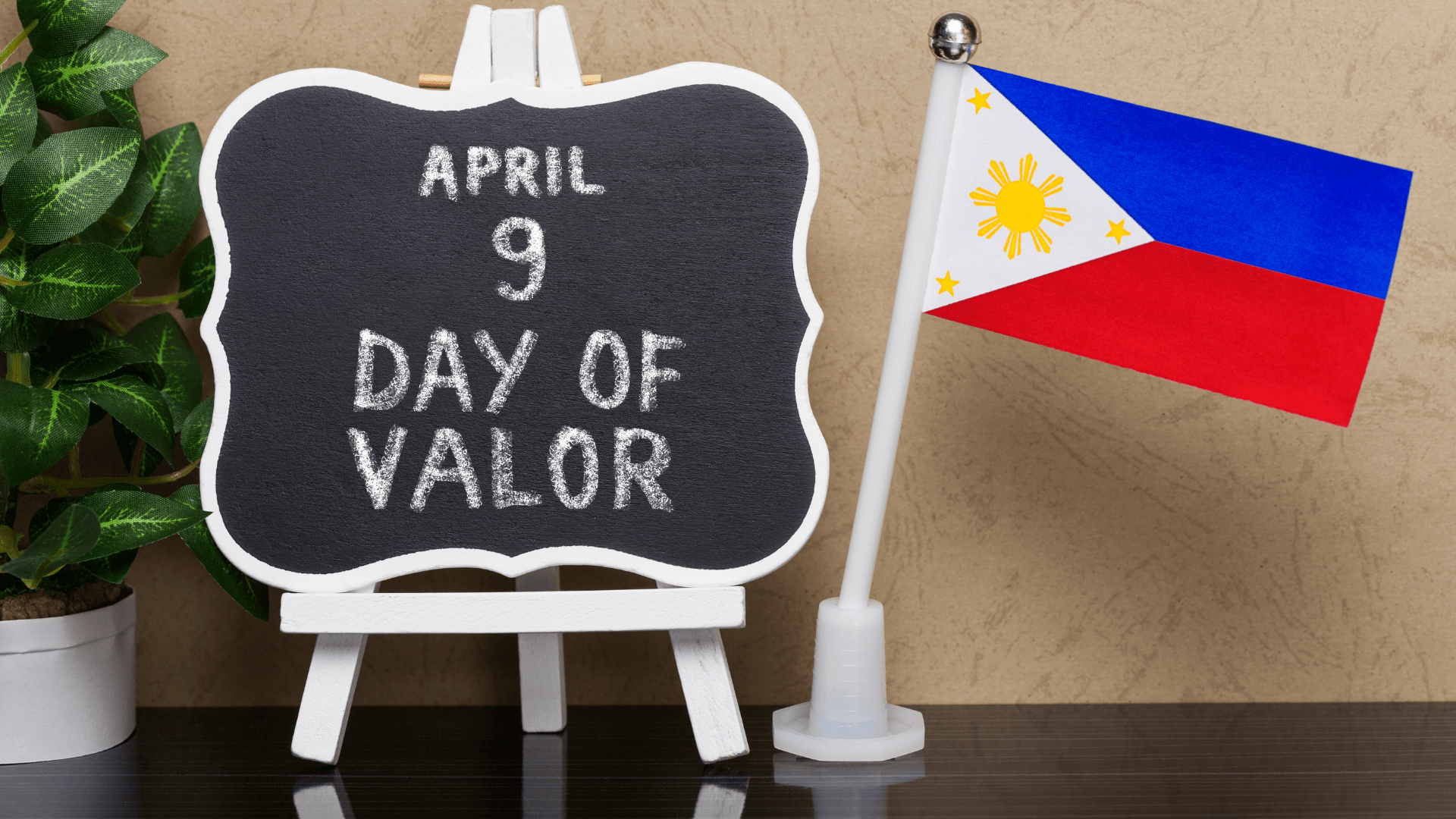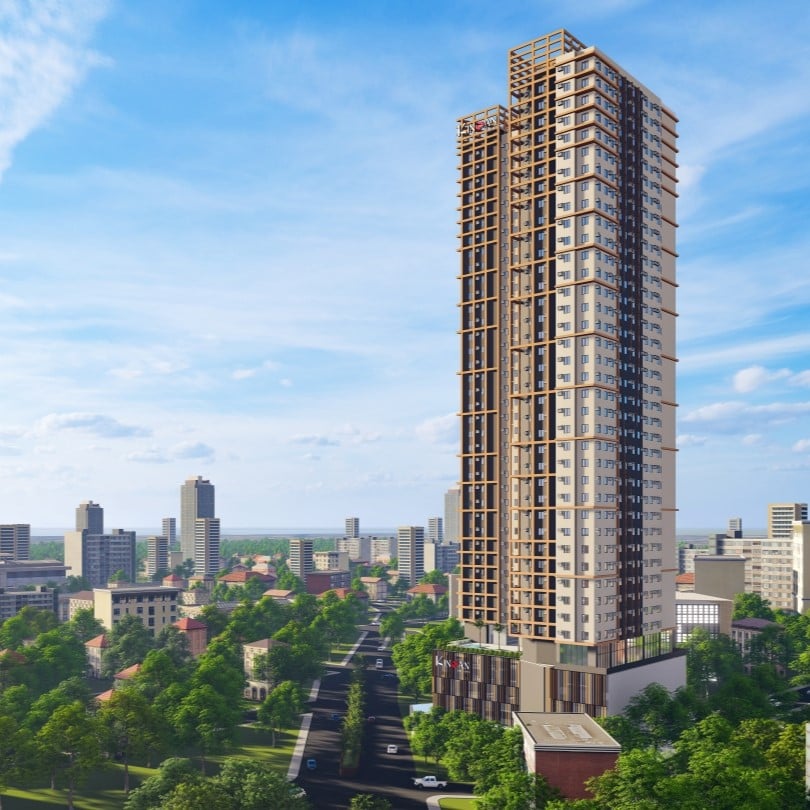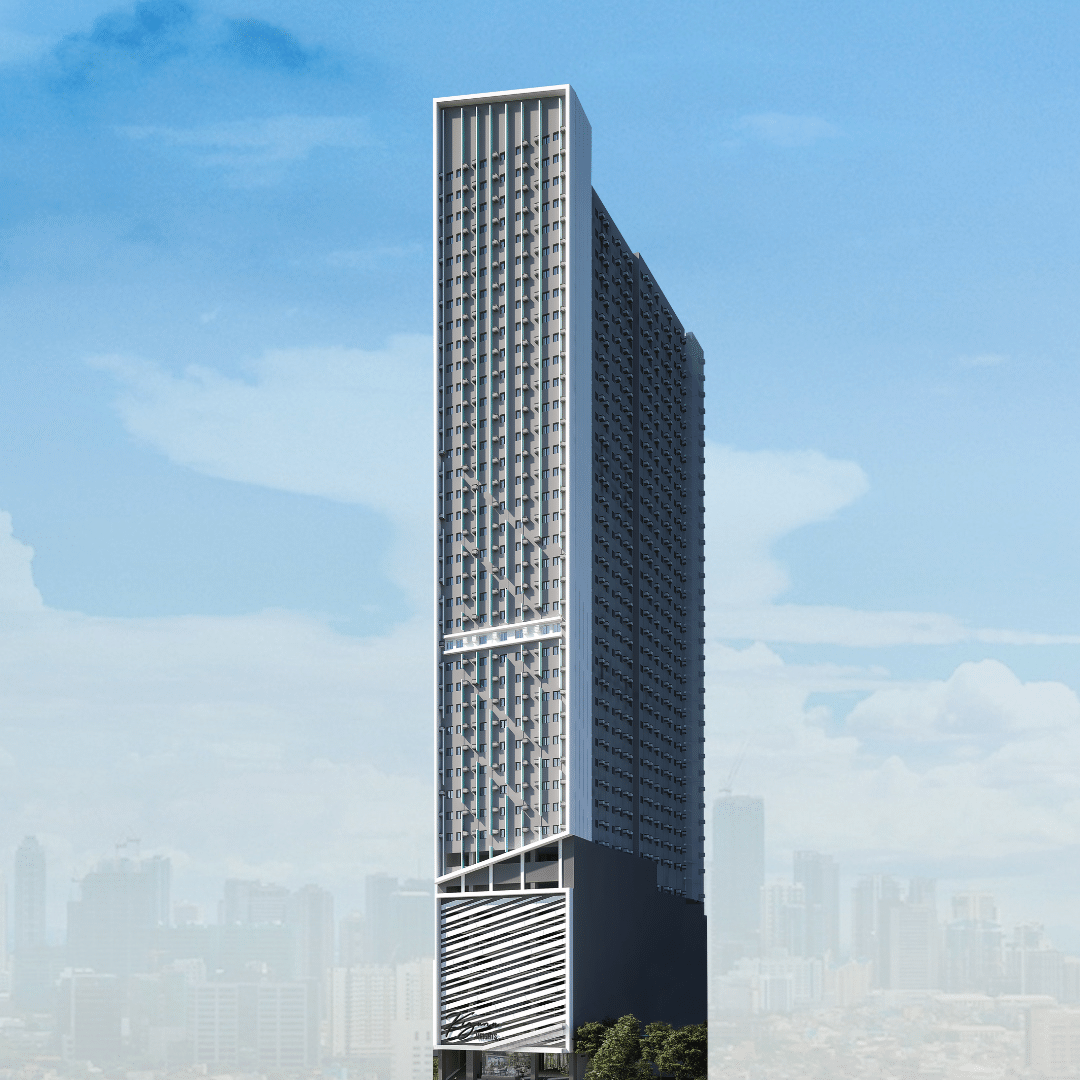Holidays every year is always a thing to look forward to especially to employees who want to take some break from work and spend more time with their families and loved ones. But sometimes, we tend to forget the real and historic reasons behind the public holidays we are honoring.
April 9—“The Day of Valour” or most of us Filipinos is known as “Araw ng Kagitingan” is a public holiday that is annually being revered by the country as a commemoration of the Filipino and American soldiers who stood up against Japanese forces during World War II.
What not many of us may have remembered, the liberty that we are all experiencing right now didn’t really come free. A long, long time ago, many of our predecessors were captives of the invasion made by the Japanese during the very notable World War 2. Those days had never been really good to many Filipinos most especially the victims of the wars and their families. Many have grieved and many have thought that the sovereignty of our land will be given up due to the cruelty of the aggressors. But there is our military force that stood up for the liberty of our nation. And let us take a while to remember how they have truly contributed to the freedom that our people are now experiencing and enjoying.
Background
The capture of the Philippine Islands was the main goal of Japan to control the Southwest Pacific, stop the resource-rich Dutch East Indies, and protect its Southeast Asian flank. In 1941, the Roosevelt Administration started a series of moves toward Japan that could only end with the war. After Japanese carrier planes attacked the United States Pacific Fleet at Pearl Harbor on the morning of December 7, 1941 (December 8, Manila time), Taiwan-based aircraft, within seven hours, pounded the main bases of the American Far East Air Force at Clark Field in Pampanga, Iba Field in Zambales, Nichols Field near Manila, and the headquarters of the United States Asiatic Fleet in the Philippines, at Cavite. Many American planes were caught on the ground and summarily destroyed. In one day, the Japanese had gained air superiority over the Philippine Islands. This forced the U.S. Asiatic Fleet to withdraw its surface ships from its naval base in Cavite and retreat southwards, leaving only the submarine force to resist the Japanese with untested, faulty torpedoes.
From December 8 to 10, scattered resistance by ground troops and remaining American air and naval forces failed to stop preliminary landings to seize airfields at Batan Island, Aparri, and Vigan City. Army Air Force B-17s, often with little if any fighter escort attacked Japanese ships offloading at Gonzaga and the Vigan landings on Luzon with no effect. Submarines of the Asiatic Fleet were also assigned to the effort.
In one last unified action by the Far East Air Force, U.S. planes damaged two Japanese transports and a destroyer and sank one minesweeper. Army Air Corps pilot Sam Marrett was killed while on his successful attack against the minesweeper. These air attacks and naval actions, however, did not significantly delay the Japanese attacks.
These small-scale landings preceded the main assault on December 22, 1941, at Lingayen Gulf on the beaches of La Union from San Fernando City all the way down south to Santo Tomas and at Lamon Bay, Tayabas, by the 14th Japanese Imperial Army, led by Lieutenant General Masaharu Homma.
By effectively neutralizing U.S. air and naval power in the Philippines, the Japanese gained supremacy that isolated the Philippines from reinforcement and resupply, and provided itself with both airfields for support of its invasion forces and staging bases for further operations in the Dutch East Indies.
The Conflict And Hardships
The Day of Valour is a commemoration of the Battle of Bataan that was fought by the United States and the Philippine Commonwealth against Japan during World War II. The battle was the climax of the invasion of the Japanese in our country. After the bombing of the American naval base at Pearl Harbor, the Imperial Japanese Army and Navy invaded Luzon together with many more different islands in the Philippines Archipelago. This event happened in January 1942.
General Douglas MacArthur, the commander-in-chief of all U.S. and Filipino forces in the islands, consolidated all of his Luzon-based units on the Bataan Peninsula to fight against the Japanese army. The Bataan Peninsula and the island of Corregidor were the only remaining Allied defense in the region. By this time, the Japanese dominated nearly all of Southeast Asia
It was never really an easy battle of war waged against our invaders. They were very prepared for the invasion that made our combined force with the Americans still lacking. The better trained and led Japanese army quickly defeated the more numerous Filipino and American forces, forcing them to surrender. The Filipino-American forces were forced to abandon a large portion of their supplies during the retreat instead of returning to a Bataan peninsula fortified and stockpiled with supplies for a lengthy blockade.
The troops immediately went on half rations; by the end of the fighting four months later they were on quarter rations. (Troops in intensive combat require 3,500 calories per day. U.S. and Filipino forces in Bataan averaged 2,000 calories per day in January, 1,500 calories per day in February, and 1,000 calories per day in March and April.) As a result, the tens of thousands of American and Filipino soldiers who entered Japanese captivity in April 1942 were already suffering from malnutrition and disease.
The Japanese intended for captured Filipino and American soldiers to march the roughly sixty-five miles from the Bataan peninsula to a railhead inland, from which they would be moved by train to a prisoner of war camp. The victors, however, were unprepared for the tidal wave of around 75,000 prisoners (65,000 Filipino, 10,000 American) who fell into their hands. Food, water, medical care, and transportation were in short supply. The poor condition of the troops left many of them in desperate shape as they were forced to endure 5 to 10 days of marching in the hot sun.
The news of the “Death March” eventually leaked out of the Philippines with prisoners who escaped to Australia. The U.S. government in time-released some of their testimonials, and a Life magazine story in February 1944 highlighting Japanese atrocities thoroughly enraged the American people.
The Heroism and Victory
Even though they know that they have a lot in lack, of supplies and many other necessary things, American and Filipino forces managed to fight the Japanese for three months, engaging them initially in a fighting retreat towards the south. This last stand made by the combined American and Filipino forces delayed the positioning of the Imperial Japanese Army, it bought us ample time to have a valuable time to prevent the early victory of Japan through the Pacific. The American surrender at Bataan to the Japanese, with 76,000 soldiers surrendering in the Philippines altogether, was the largest in American and Filipino military histories and was the largest United States surrender since the American Civil War's Battle of Harpers Ferry. Soon afterward, U.S. and Filipino prisoners of war were forced into the Bataan Death March.
And until this day, while everyone celebrates as they enjoy bonding times during the holidays, we hope that we never forget the real reason for this commemoration.
As we celebrate Araw ng Kagitingan, we also should commemorate our modern heroes today such as our medical front liners, doctors, nurses, or anyone working in the medical field, ambulance drivers, food delivery riders, and all the people who are always ready to put others before themselves. They have exemplified courage and determination to risk their lives to help our fellow countrymen.
If you are looking for a new condominium home, check out Vista Residences!
Vista Residences is the condominium arm of the country’s largest homebuilder, Vista Land & Lifescapes, Inc. that offers ready for occupancy and pre-selling condominium projects in Manila, Makati, Mandaluyong, Quezon City, Ortigas, Baguio, Cebu, and CDO that are strategically located within major cities, in close proximity to premium universities, transit-oriented locations, and developed business districts.
For more information on Vista Residences, email [email protected], follow @VistaResidencesOfficial on Facebook, Twitter, Instagram, and YouTube, or call the Marketing Office at 0999 886 4262 / 0917 582 5167.










